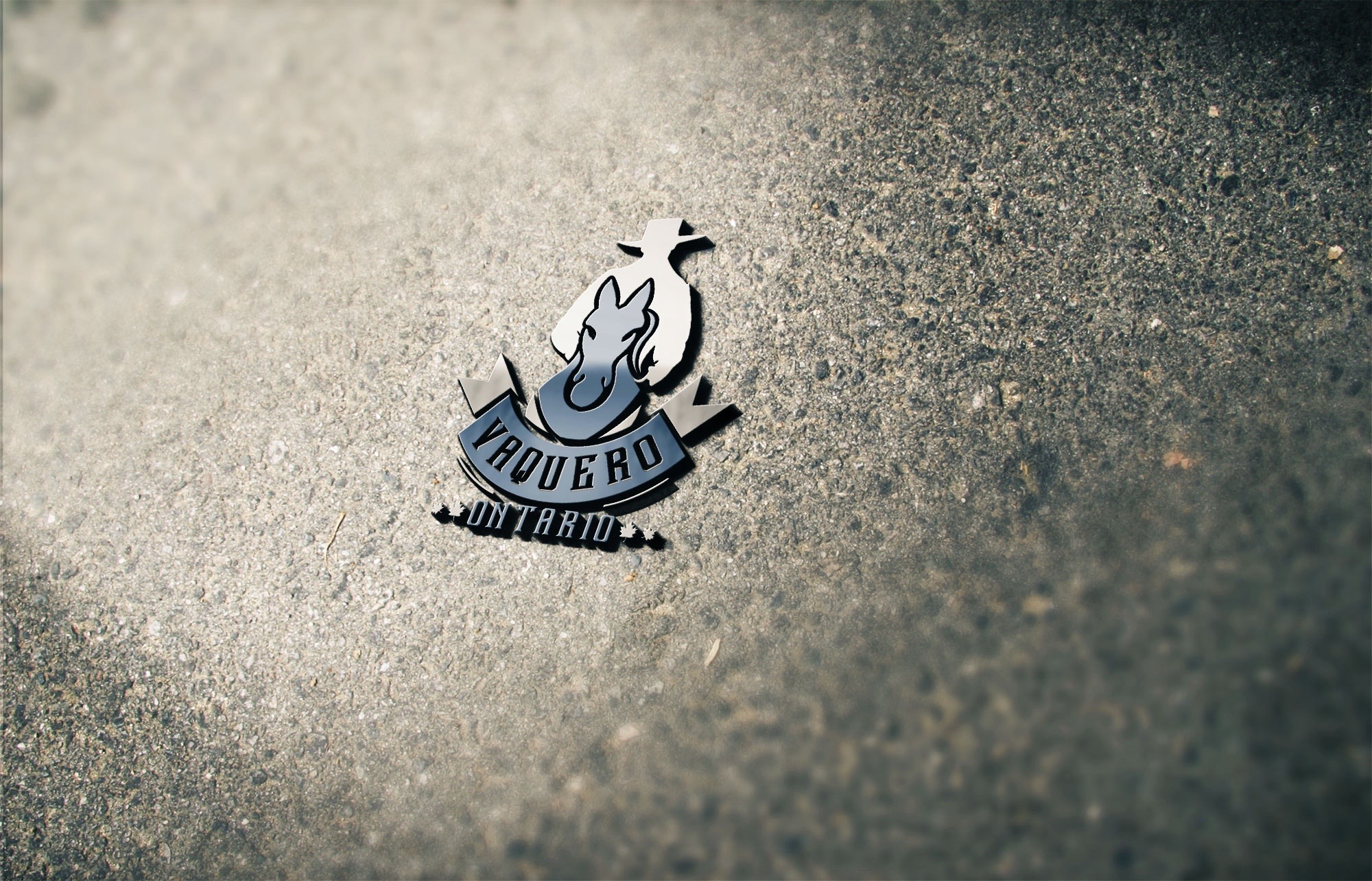Vaquero Lingo 101: A Beginner’s Guide to Buckaroo Speak
I figured it was about time to put together a little blog post on some classic Vaquero lingo. There’s a whole world of it out there, but here’s a good place to start. All across the American West, los Vaqueros—or Buckaroos, as they’re often called—use a mix of Spanish and English to describe their gear, horses, and way of life.
Vaquero
The word Vaquero is Spanish for “cowboy.” In the American West, that word was anglicized into “Buckaroo,” and you’ll often hear the two used interchangeably.
Jaquima
Jaquima literally means “halter,” though that doesn’t quite capture what it is in the Western tradition. It typically refers to a setup more akin to what we call a hackamore, which includes a rawhide noseband (called a bosal or bosalita for thinner ones), a hanger to keep it in place, and a mecate (see below) or a pisador.
Freno
While freno translates directly to “brake” or “stop,” it’s commonly used to mean “bit” or “bridle.” You might hear the phrase Jaquima a Freno, which refers to the traditional progression of a horse from hackamore to full bridle.
Cavvy
Short for cavvietta—Spanish for “herd”—cavvy refers to the group of horses used by working cowboys on a ranch. When a cowboy is given a string of horses to ride, those horses are part of the ranch’s cavvy. It doesn’t refer to the entire herd, just the working portion of it.
Cavvy Mark
A cavvy mark is a traditional way to indicate where a horse is in its training, marked by clipping parts of the mane at the withers:
- A clean-shaven section means the horse is in jaquima work (hackamore phase).
- Two short, upright “mohawk” tufts mean the horse is in the two-rein phase.
- One tuft signals that the horse is going straight up in the bridle—fully trained.
I still use this tradition myself, not for show, just as a personal way to track progress.
Visalia
The Visalia saddle, crafted at the legendary Visalia Saddle Shop founded by David E. Walker, became one of the most respected working saddles in old California. Its design set the standard for stock saddles across the West.
Mecate
Pronounced meh-CAH-tay (though often misheard as “McCarty”), a mecate is a long rope—usually horsehair or wool—about 22 feet in length. It forms the reins and get-down rope in the jaquima setup.
Fiador Knot
The fiador knot is a practical, adjustable, and decorative knot often found on rope halters. It’s notoriously tricky to tie—earning it the nickname “Theodore knot” among those who stumble over the Spanish pronunciation. I think every aspiring Vaquero should try making at least one rope halter. Personally, I’ve made two… and that was plenty!
Jingle Bobs
Jingle bobs are small bells attached to spurs that make a distinctive sound as the Vaquero walks or rides. The jingling not only announces your presence but also subtly reminds the horse that a spur is nearby and ready for use.
Rein Chains
Traditional cowboys often made their own gear from rawhide, and rein chains served as the connection between the rawhide reins and the bit. These chains added weight for better feel, were decorative, and—unlike rawhide—weren’t affected by the horse’s slobber.
Romel Reins
Romel reins are a type of one-handed rein setup where two reins are joined at the rider’s end and attached to a romel—a quirt-like extension with a popper on the end. This style is great for maintaining rein contact in one hand while using the other for roping or opening gates.
Rawhide
Rawhide is made by drying and stretching animal hides, usually from cattle. It’s then cut into long, thin strips and braided into reins, bosals, lariats, and other gear.
Reata
A reata (another name for a lariat or lasso) is traditionally made from braided rawhide. It’s also become a popular name for cowgirls—rugged, stylish, and rooted in heritage.
There’s a lot more to learn, but hopefully, this gives you a solid start into the rich, layered language of the Vaquero. It’s not just vocabulary—it’s a living history, passed down through generations, braided into every rein and whispered through every jingle bob.
Let me know if you’d like to see a Part Two!

